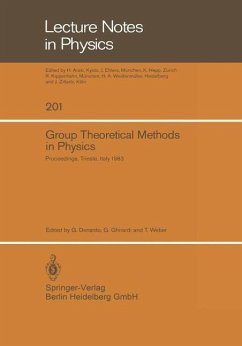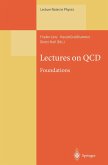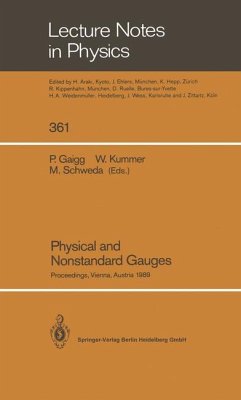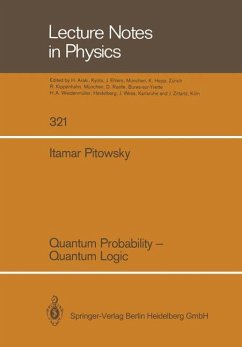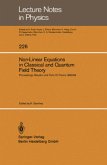In these lectures we summarize certain results on models in statistical physics and quantum field theory and especially emphasize the deep relation ship between these subjects. From a physical point of view, we study phase transitions of realistic systems; from a more mathematical point of view, we describe field theoretical models defined on a euclidean space-time lattice, for which the lattice constant serves as a cutoff. The connection between these two approaches is obtained by identifying partition functions for spin models with discretized functional integrals. After an introduction to critical phenomena, we present methods which prove the existence or nonexistence of phase transitions for the Ising and Heisenberg models in various dimensions. As an example of a solvable system we discuss the two-dimensional Ising model. Topological excitations determine sectors of field theoretical models. In order to illustrate this, we first discuss soliton solutions of completely integrable classical models. Afterwards we dis cuss sectors for the external field problem and for the Schwinger model. Then we put gauge models on a lattice, give a survey of some rigorous results and discuss the phase structure of some lattice gauge models. Since great interest has recently been shown in string models, we give a short introduction to both the classical mechanics of strings and the bosonic and fermionic models. The formulation of the continuum limit for lattice systems leads to a discussion of the renormalization group, which we apply to various models.


